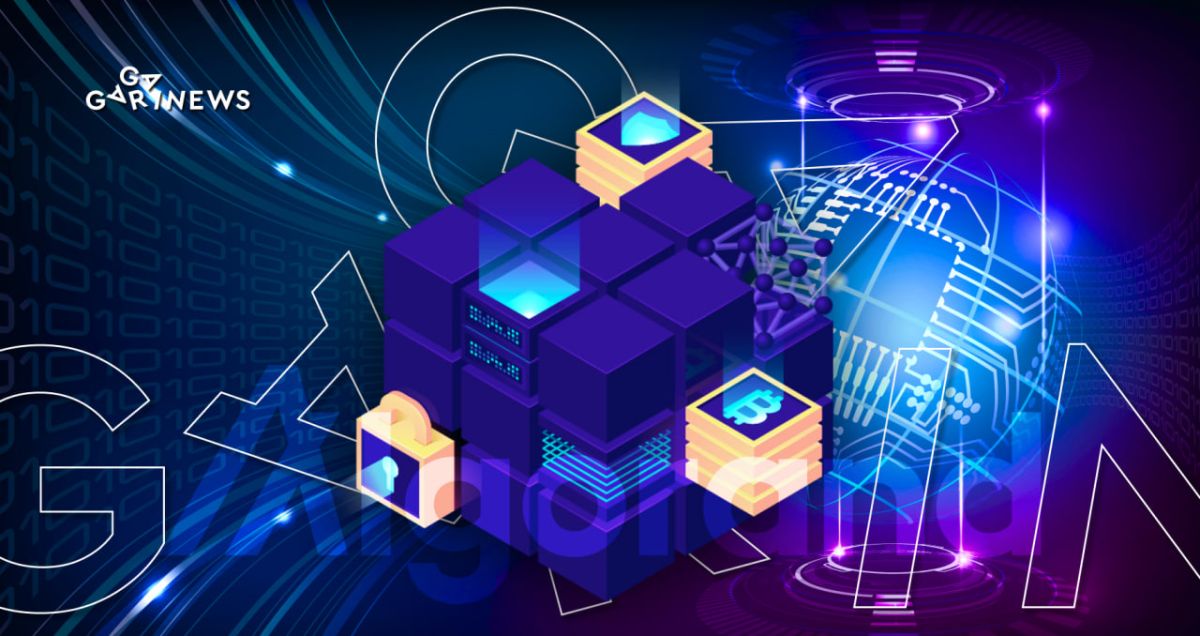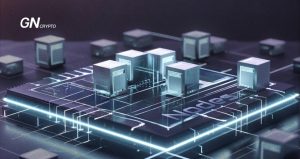Algorand: a promising blockchain or a failed project?

Although many blockchains have been touted as the “Ethereum killer,” none has yet achieved such success and widespread adoption. Algorand blockchain is no different, although it has a robust foundation that may still serve its purpose in the future.
What is Algorand?
Algorand came into existence in 2017 and was founded by Silvio Micali, a professor at the University of Massachusetts. The project raised $66 million from various venture capital funds along with an additional $60 million during an ICO on the CoinList platform. It was held in June 2019 along with the launch of the Algorand main network.
Algorand represents the L1 blockchain which enables the creation of smart contracts and decentralized applications. It utilizes a special Pure Proof-of-Stake consensus algorithm. The essence of this algorithm stems from the fact that during the creation of new blocks, the validator is randomly selected among the ALGO coin's stakeholders. As a result, the reward for each block is distributed among all the holders of the coin, irrespective of whether they were directly involved in the validation. Such a principle permits the network to handle almost 6,000 transactions per second while maintaining a fairly high level of decentralization.
Algorand blockchain is also one of the cheapest to transact on, with gas costs being less than one cent on the network.
What is ALGO?
ALGO stands for the native coin of the Algorand blockchain. The coin is designed for staking, management, and transaction fee settlement.
Staking rewards do not require sending ALGO to any decentralized platform. All you need to do is hold the coins in the official Pure wallet without a lockup period. The annual rate is approximately 6%.
Being a holder of this asset, one could also register as a governance member of the project as well as receive additional rewards for one's vote.
ALGO's issuance is capped at 10 billion coins, with almost 72% of the total supply currently in use.
It is possible to purchase this asset via many centralized exchanges, including WhiteBIT, Coinbase, OKX, Binance, KuCoin, Bybit, and so on.
The challenges and prospects of the Algorand project
During the last bull run, ALGO did not exhibit such a rapid uptick as SOL, MATIC, or AVAX. Among the reasons was an awkward distribution of coins, which is expected to be improved starting in 2024.
The Algorand blockchain is considered reliable, since there have been no large-scale hacks or heavy overloads since its launch. Probably, the reason for this lies not only in the technological aspect but also in the fact that it is not widely popular.
However, that's Algorand's main disadvantage. Its ecosystem lacks breadth and has no renowned projects. Instead, team members seem to be more focused on working with institutions rather than on reaching out to ordinary users. Recent cooperation with the banking and insurance systems in Italy illustrates this point.
Despite those limitations, the project team has taken certain steps to improve its credibility and popularization. After all, Algorand announced a partnership with FIFA last year, and it may yet have a significant impact over the coming years.
The content on The Coinomist is for informational purposes only and should not be interpreted as financial advice. While we strive to provide accurate and up-to-date information, we do not guarantee the accuracy, completeness, or reliability of any content. Neither we accept liability for any errors or omissions in the information provided or for any financial losses incurred as a result of relying on this information. Actions based on this content are at your own risk. Always do your own research and consult a professional. See our Terms, Privacy Policy, and Disclaimers for more details.

























